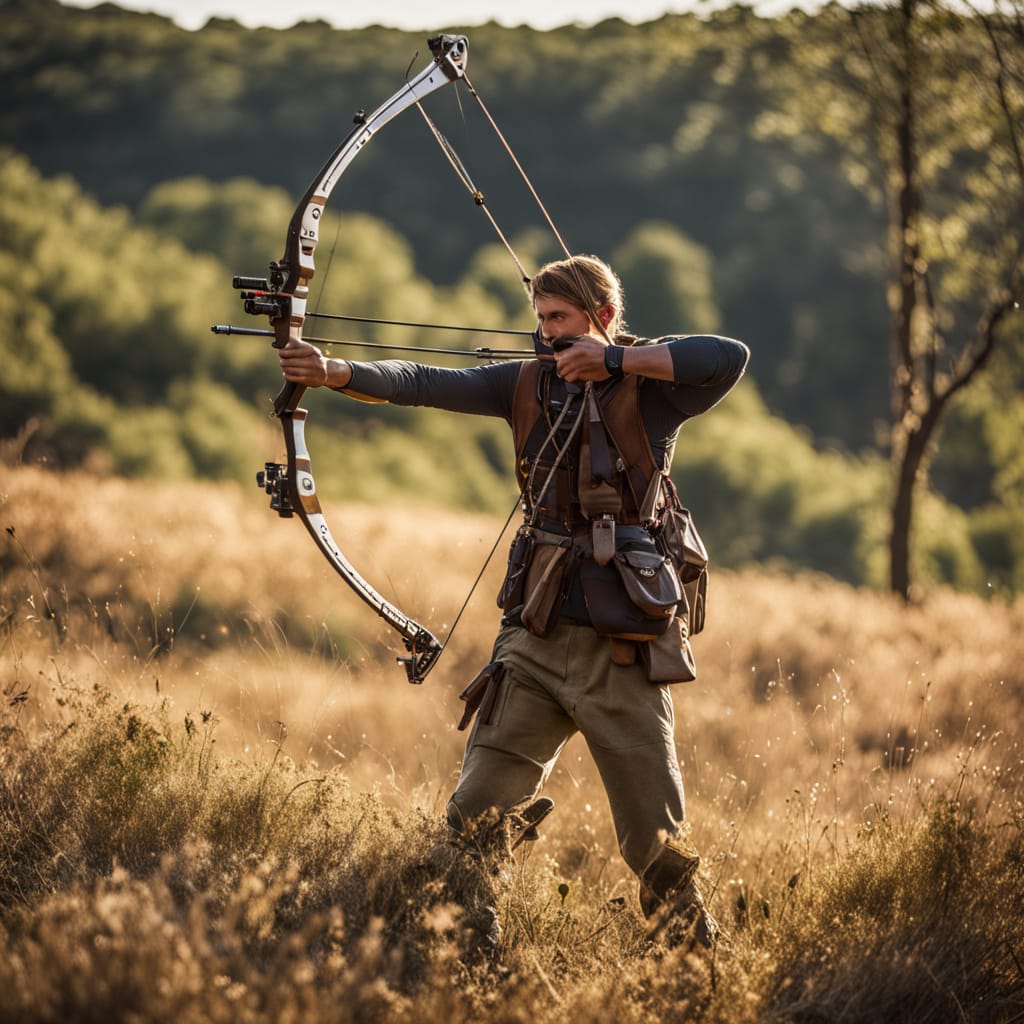
The World of Field Archery: A Deep Dive into a Precision Sport
Field Archery is a captivating sport that combines the accuracy of traditional archery with the dynamics of natural terrain. It challenges athletes in ways that indoor target archery cannot. With a rich history, global participation, and unique rules, Field Archery has carved a respected place in the sporting world. From schools to professional leagues, its appeal spans generations and continents. The following deep dive explores the sport in great detail.
The Origins and History of Field Archery
The roots of Field Archery stretch back to early hunting practices. Archers once honed their skills for survival, not sport. Over time, these survival skills transformed into recreational activities. The transition began in the early 20th century, particularly in the United States. Hunters created courses in woodlands to simulate real hunting conditions without harming animals.
By the 1930s, organized Field Archery tournaments began appearing. The National Field Archery Association (NFAA) was founded in 1939. This organization helped standardize the rules and format. Shortly afterward, the sport expanded to Europe. The International Field Archery Association (IFAA) formed in 1970 to oversee global development.
Initially, it was viewed as a niche sport. However, its popularity increased through the mid-to-late 20th century. Technological improvements in bows and arrows drew more enthusiasts. Today, Field Archery boasts a well-established presence in the archery world.
Global Popularity and Geographic Reach
Field Archery enjoys a worldwide following. The United States, the United Kingdom, Germany, and Italy are leaders in participation. These nations have strong national federations and organized competitive circuits.
In Asia, Japan and South Korea have seen steady growth. Both countries have incorporated Field Archery into their sports training programs. Australia and New Zealand also maintain active communities.
Interest continues to grow in Africa and South America. National organizations in Brazil and South Africa are gaining momentum. As a result, more regional tournaments and workshops are emerging.
Social media and online platforms have helped expand awareness. Video tutorials and live-streamed competitions have introduced new fans to the sport. Enthusiasts now connect easily across borders, sharing tips and discussing equipment.
Field Archery’s adaptability to different terrains adds to its global appeal. It can be played in forests, fields, or mountain regions. This flexibility makes it attractive in both rural and urban areas.
Amateur Participation and Youth Development
Amateur Field Archery forms the backbone of the sport. Local clubs organize regular practice sessions and mock tournaments. These clubs provide coaching for beginners and intermediate shooters.
In many countries, schools include archery in physical education. The United States has the National Archery in the Schools Program (NASP). This initiative introduces students to safe and structured archery. Students learn the basics before transitioning to outdoor Field Archery.
Youth leagues promote healthy competition among age groups. Organizations often hold weekend tournaments. These events teach sportsmanship and discipline. Additionally, they help build lifelong friendships.
Volunteer coaches play a vital role in youth development. They offer personalized feedback and track progress. Families also participate, making the sport a communal activity.
Field Archery is accessible to people of all physical abilities. Many clubs have adaptive equipment for those with disabilities. Inclusion remains a top priority for amateur associations.
Professional Leagues and Competitive Circuits
The professional side of Field Archery has grown significantly. Athletes now compete for international rankings and substantial prize money.
The IFAA oversees many global tournaments. One of the most prestigious is the World Field Archery Championships. Held every two years, it attracts top talent from around the globe.
World Archery (WA), another governing body, includes Field Archery under its umbrella. WA organizes the World Games and continental championships. These events follow strict qualification procedures.
In Europe, the European Field Archery Championships enjoy wide participation. Countries send their top archers to compete. Winners gain recognition and often attract sponsorships.
Professional athletes follow rigorous training schedules. They focus on technique, stamina, and mental strength. Coaching teams include sports psychologists and nutritionists. Success in Field Archery demands complete physical and mental preparation.
Sponsorship and media coverage continue to improve. Brands associated with outdoor sports often sponsor top archers. Competitions are increasingly broadcast online, reaching broader audiences.
Political and Social Significance of the Sport
Field Archery contributes to social cohesion. It brings together people from diverse backgrounds. Community clubs serve as gathering points, especially in rural areas.
The sport teaches responsibility and ethical behavior. Participants must follow strict safety rules. These values transfer to other aspects of life.
Government programs often support Field Archery to promote public health. Physical activity and time spent in nature reduce stress and improve mental well-being. In some countries, Field Archery is part of national wellness initiatives.
Politically, the sport has influenced policy around land use and conservation. Archery organizations often collaborate with environmental groups. They promote sustainable use of forests and parks.
Internationally, Field Archery fosters diplomatic relationships. Cross-border tournaments encourage cultural exchange. Athletes become informal ambassadors for their countries.
Archery also features in indigenous heritage and education. Some programs include traditional techniques passed down through generations. These elements enrich the sport’s cultural depth.
Rules and Regulations of Field Archery
It has a clear and structured rule set. Courses typically have 24 targets placed at varying distances. Some targets are marked with distances, while others are unmarked.
Competitors shoot a set number of arrows at each target. Usually, they shoot three arrows per target. The goal is to hit the scoring rings on the target face. Scores vary depending on where the arrow lands.
Distances range from 10 to 80 yards. Courses include uphill, downhill, and angled shots. This variety challenges archers’ judgment and technique.
Archers compete in different equipment categories. These include barebow, recurve, and compound bow divisions. Each category has specific rules regarding stabilizers, sights, and arrow rests.
Safety is a top priority. Shooters must wait for a clear signal before retrieving arrows. Spectators must stay in designated areas. Violation of safety rules can lead to disqualification.
Scoring is done using a standardized point system. Target faces often have yellow, red, and blue zones. The yellow zone earns the highest points. Judges tally scores at the end of each round.
Tie-breakers are settled with a one-arrow shoot-off. The arrow closest to the center wins. This adds drama and excitement to competitive matches.
Archers must follow a dress code. Clothing should be practical and not interfere with shooting. Camouflage is discouraged to prevent confusion with hunting activities.
Each course takes several hours to complete. Water, snacks, and weather-appropriate gear are essential. Many tournaments take place over multiple days.
Conclusion
Field Archery combines skill, strategy, and the beauty of nature. Its historical roots give it depth, while modern advancements make it relevant today. From school leagues to professional championships, it continues to inspire.
The sport plays an essential role in promoting community, physical fitness, and cultural heritage. It is not just a game but a lifestyle. Whether you are a novice or a seasoned pro, it offers a rewarding journey.
As it gains global traction, Field Archery stands as a testament to precision, perseverance, and passion. It truly is one of the most engaging and inclusive outdoor sports in the world.





